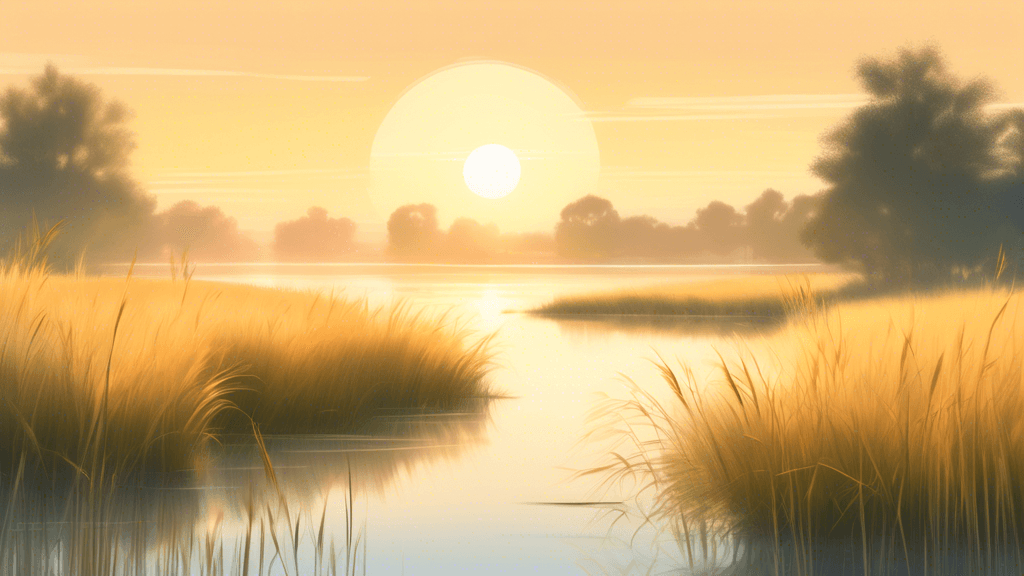
Capturing Movement: How Breezes Enhance Landscape Photography
Share
The Untapped Artistry of Breezes in Landscape Photography
When we think of landscape photography, we often envision still scenes of untouched wilderness, majestic mountains, and serene lakes. However, the dynamic element of a breeze can transform a landscape photo from beautiful to breathtaking. But what is it about the wind, which is often unseen yet profoundly felt, that can elevate the art of photography? And how can photographers harness this invisible force to enhance their compositions?
Understanding the Impact of Breezes in Photography
At first glance, wind might seem like a challenge to contend with rather than an asset to embrace in photography. However, its influence on natural elements can add an intriguing layer of motion and emotion to the scene. Let's explore how breezes can play a pivotal role in capturing the essence of a landscape:
- Movement in Vegetation: Gentle winds cause trees, grass, and flowers to sway, which can inject life and dynamism into what might otherwise be a static landscape.
- Water Textures: On the surface of lakes and rivers, breezes create ripples and waves, helping to reflect light in diverse patterns and making the water appear animated and vibrant.
- Cloud Patterns: Stronger winds can lead to the formation of dramatic cloud formations or the sweeping movement of fog, both of which can drastically alter the mood and composition of photographs.
Techniques for Capturing Movement
Capturing the subtle, transient effects of a breeze requires both technical skill and creative vision. Below are some techniques that can help photographers leverage breezes to their advantage:
- Slow Shutter Speed: Using a slower shutter speed allows the movement of natural elements, like branches or tall grass, to blur slightly, which conveys the motion induced by wind. This technique requires a tripod to keep the camera steady and avoid unwanted blur.
- High Shutter Speed: Conversely, a rapid shutter speed can freeze movement, capturing splashing waves or a scattering of leaves in crisp detail, emphasizing the power and speed of the breeze.
- Directional Composition: Paying attention to the direction of the wind and aligning it with the elements in the frame can lead to a more cohesive and impactful image. It directs the viewer’s eye and tells a more compelling story.
Inspirational Case Studies
Many renowned photographers have skillfully captured the essence of breezes in their landscape work. For instance, Ansel Adams, known for his black and white landscapes, often used wind movement in trees and grasses to enhance the depth and drama of his scenes. He famously said, “A good photograph is knowing where to stand.” Indeed, positioning oneself to fully utilize the wind’s effects is crucial.
Similarly, contemporary photographer Elizabeth Carmel has focused on how breezes interact with water surfaces. Her technique involves long exposures to smooth out water and capture the gentle play of wind across its surface, creating ethereal and captivating images.
Environmental Considerations and Responsibilities
As photographers venture into natural landscapes, it’s vital to practice and promote sustainability. Disturbing natural habitats for the sake of photography not only threatens biodiversity but also undermines the beauty and integrity of the very scenes we aim to capture. Ethical photography practices include:
- Minimizing Impact: Stick to trails and avoid trampling vegetation. Disturbance can lead to soil erosion and habitat loss.
- Respecting Wildlife: Observe animals from a distance. Your presence should not alter their natural behaviors.
- Leaving No Trace: Carry out everything you bring in, and don’t move or remove any natural elements to suit your shot.
A Call to Action
Are you ready to explore the dynamic world of landscape photography enhanced by the natural movement of breezes? Challenge yourself to go beyond the static and capture the whispering winds and the subtle dance of nature. Remember, the goal is not just to see but to feel the landscape, translating its unseen force into the visual poetry of your photographs.
By acknowledging and respecting the environment, photographers can continue to tell compelling stories through their lenses for generations to come. It's not just about capturing images; it's about capturing harmony between humanity and nature.





